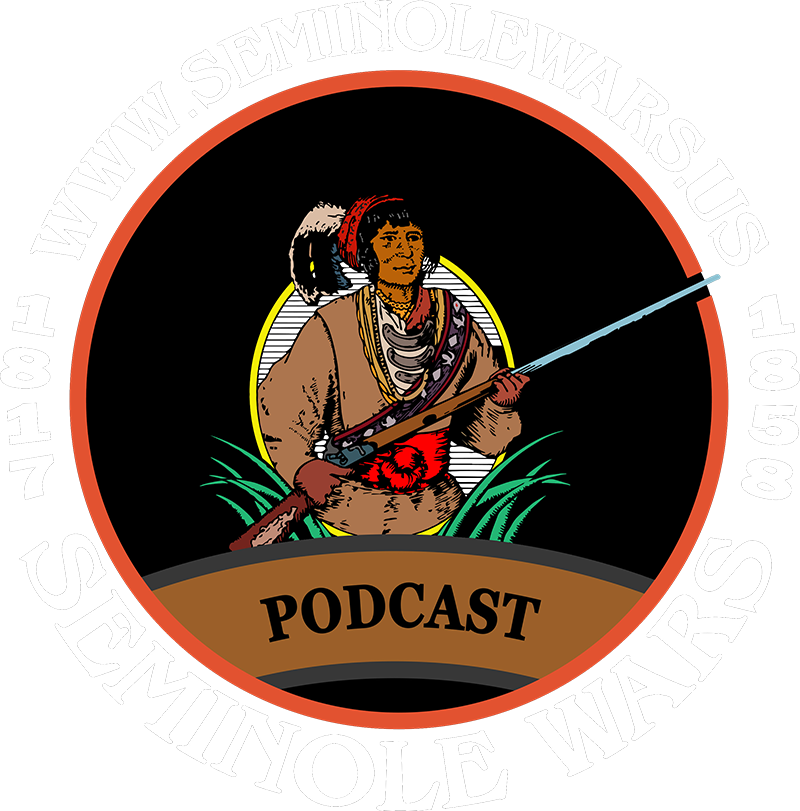March is Women in American History Month, an opportune time to shed light on the roles of women during the Second Seminole War and their contributions to the preservation of Fort King.
Women of the Second Seminole War
The Second Seminole War (1835-1842), a significant conflict in Florida’s history, was marked by the resistance of the Seminole people against U.S. forces seeking to remove them from their lands. In the shadows of this tumultuous period, the roles of women—both Seminole and white—have often been overlooked. Let us explore and compare how both these groups of women contributed to the war and its aftermath in distinct yet impactful ways.
Roles of the Seminole Women
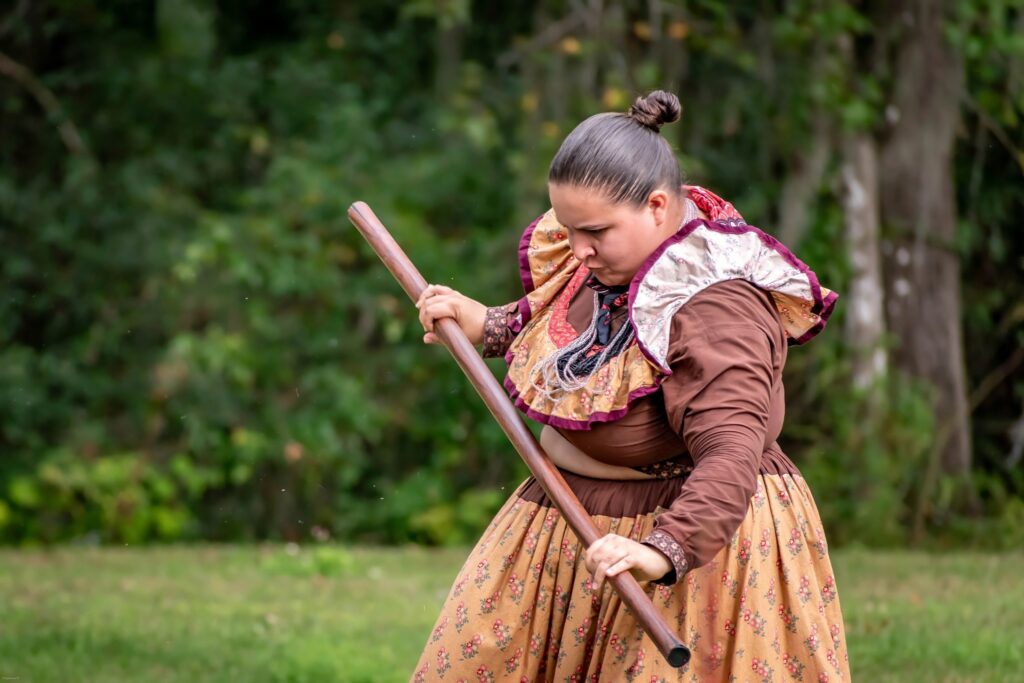
Among the Seminole women, figures like Emateloye, also known as Polly Parker, stand out. A young woman of remarkable courage, she made a daring escape from captivity when the vessel transporting her stopped at St. Marks, embodying the resilience of Seminole women during this era. Other Seminole women, such as Aoh-op-ho-yuy and Apas-e-ay, also left their mark, despite their roles being less documented in the annals of history.
The Seminole women’s contributions were versatile, ranging from active resistance to the preservation of their culture during a time of upheaval. Their roles in maintaining social structures and passing down knowledge were crucial for the survival of Seminole heritage. The Second Seminole War was also a time of significant uprising of enslaved people, who found refuge and alliance with the Seminoles. Women played a significant role in this aspect as well, given the Seminole community’s relations with African Americans and their reputation for providing sanctuary to those escaping slavery.
Roles of the White Women
Parallel to this, in the areas around Fort King, white women also helped fortify their communities in their unique ways. Their roles predominantly revolved around domestic and community support—cooking, cleaning, raising children, nursing the sick, growing crops, and tending to households. These tasks, while seemingly mundane, were instrumental in maintaining daily life and indirectly supporting the war effort by ensuring the well-being of families and communities.
The war brought destruction and hardship to these settlements, and women were often the rebuilding force in the aftermath of attacks or sieges. Their resilience mirrored that of the Seminole women, demonstrating their shared strength and perseverance despite their contrasting circumstances.
Beyond the immediate war effort, white women also made significant cultural and social contributions. The efforts of women like Sarah Ann Mather and Rebecca Lathrop Perit, who established schools for the children of formerly enslaved people, had long-term social impacts, potentially influencing those who later became involved in conflicts like the Second Seminole War. Cultural contributions from women like Harriet Beecher Stowe, an abolitionist and author, helped shape Florida’s cultural and social landscape.
Unwavering Commitment to their Communities
In conclusion, while the roles of Seminole and white women during the Second Seminole War may not be as well-documented or celebrated as those of their male counterparts, their contributions were undeniably significant. Despite their contrasting circumstances and roles, both groups of women demonstrated resilience, resourcefulness, and an unwavering commitment to their communities. Their stories, even if many remain untold, offer a fuller understanding of this historical period and warrant further research.
Louella Gary Helvenston, The DAR, and the Property Next to Fort King
The Visionaries of Ocala
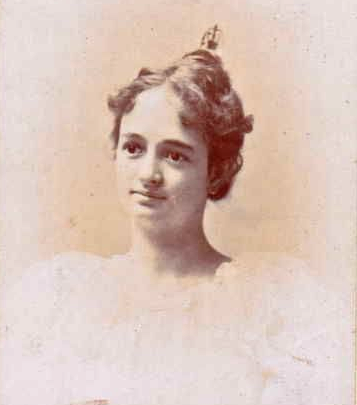
These women, the twelve charter members of the Ocala Chapter of the Daughters of the American Revolution, made a significant contribution to preserving our heritage. In 1927, they purchased the old graveyard at Fort King, spearheaded by Louella Gary Helvenston, the group’s organizing Regent since 1925, leading the initiative. Their goal was clear: to secure and mark this historical site for future generations.
The property, originally owned by Mr. Young, was partly gifted and partly sold to the Chapter. Initially, Mr. Young gifted a half acre and then allowed them to purchase the other half acre for $500. Their dedication to preserving history was evident in their successful fundraising efforts, including a bridge party that raised $101 for the down payment. This act of preservation was a major step in what is now known as Fort King National Park.
Saving Fort King
In a symbolic gesture echoing the past, these women, dressed in black, approached the site to sign the title transaction, securing one acre of Fort King and ensuring its preservation. Their mission, “Saving Fort King,” was a testament to their commitment to safeguarding American history. The March 21st, 1927, Ocala Star, reported the Daughters’ success as follows: The Ocala Chapter has, “accomplished their especial ambition, the acquiring of an acre of ground for a park on the site of Fort King.”
Erecting a Monument
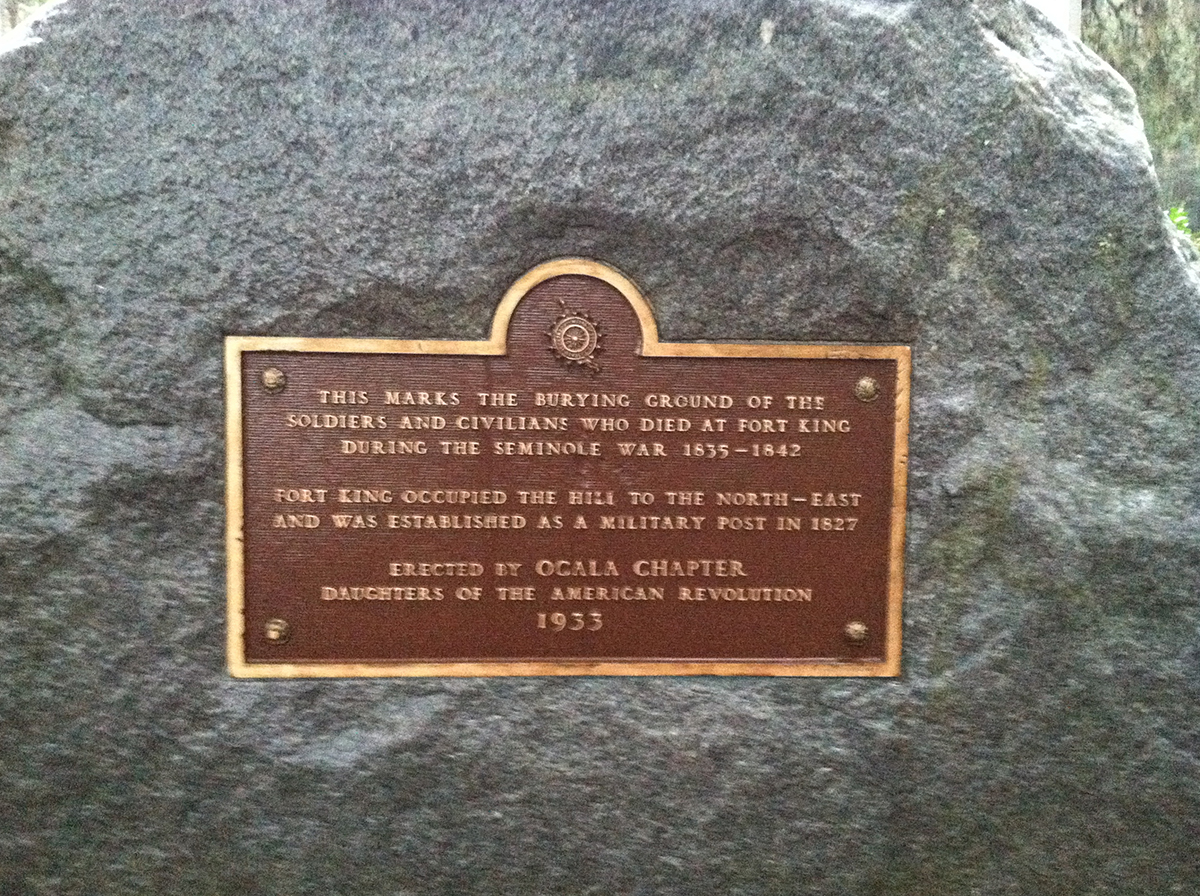
In 1933, the Daughters of the American Revolution erected a monument at this site to honor the soldiers and civilians who lost their lives at Fort King. The monument lists the names and dates of death of these individuals, a solemn reminder of the past. This list includes soldiers like Calvin Austin and Walter Cannon, but notably, it does not include the civilian dead, underscoring the many untold stories of Fort King.
Years of advocacy led to the site’s designation as a National Historic Landmark in 2004, following archaeological confirmation of the fort’s exact location. Today, Fort King is a living testament to our history, maintained by dedicated volunteers and organizations.
The DAR and History
The DAR, a non-profit organization dedicated to promoting historic preservation, education, and patriotism, plays a crucial role in maintaining our connection to the past. Their efforts at Fort King are just one example of their commitment to keeping history alive for future generations.

